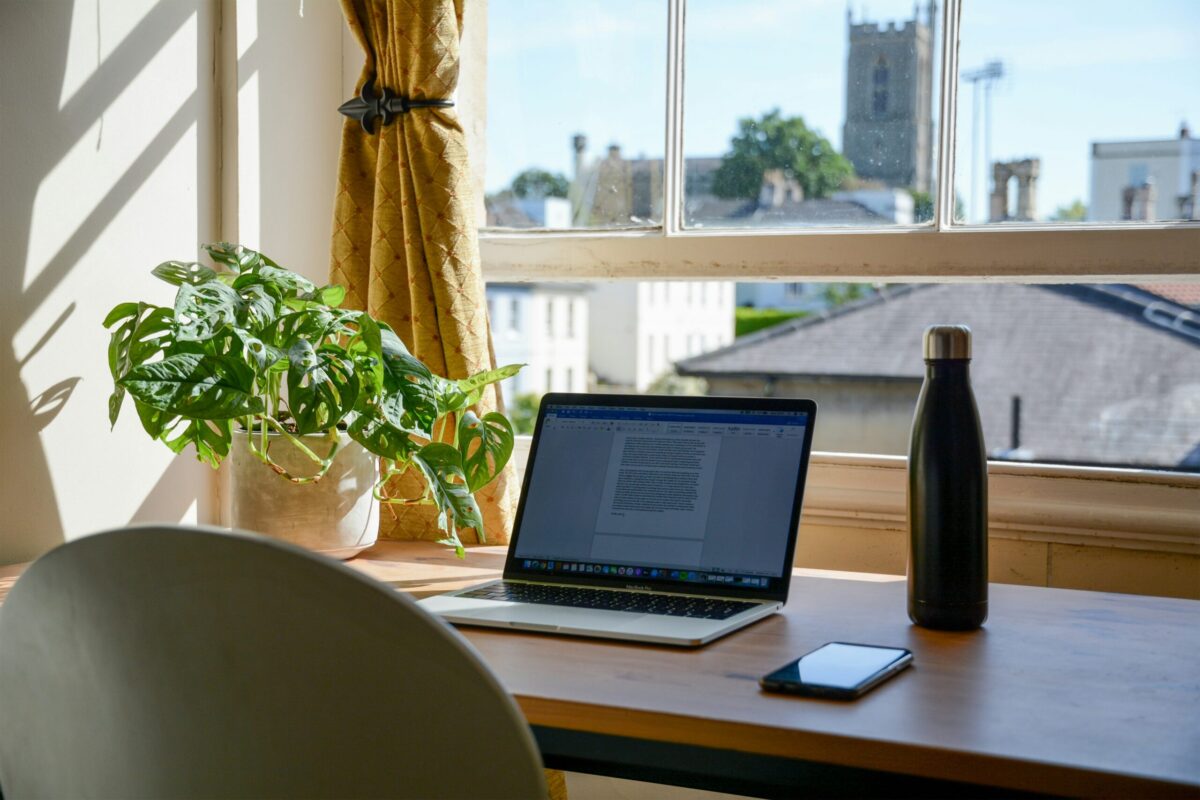
As certain pandemic-induced changes make it clear they’re here to stay, what does the future of real estate look like?
Despite occasional flare-ups in infection numbers, the global pandemic certainly feels like it’s in the rearview mirror as we head into 2024. But as anyone in the real estate industry will tell you, all is not as it once was. COVID changed certain aspects of our lives forever and now’s the time to look at these changes as permanent rather than wait for things to regress. Here are a few of the things we’re seeing as lasting changes:
According to research group McKinsey Global Institute, office attendance remains down by about 30% on average. This number is likely to stay fairly stable in the foreseeable future based on the fact that it hasn’t changed in over a year, despite the pandemic not being a main concern during that time. There is also now a vocal minority (about 10% of those surveyed by McKinsey) that state they’d rather quit than be forced back into the office. We believe this indicates an opportunity for developers to create plans and long-term strategies to turn unused office space into something more in demand. The art of placemaking will be crucial when redeveloping these spaces into places that people want to be in — as the work we do and services we require move into an increasingly online-only territory, creating places with meaning and value to their communities is the best way to entice people to frequent them.
Being quarantined had a profound effect on the way we purchase just about everything — forcing many of us to become comfortable with online shopping in a way we might not otherwise have been. To this day, in-person shopping is 10-20% lower than pre-pandemic numbers. With fewer people commuting into urban cores to work, it makes sense there’d also be less foot traffic around urban brick-and-mortar stores. As we shop more and more online, AOR sees an opportunity for brands to reassess their sales funnel and plot an ‘online-only’ path for customers to take from first ad exposure to final purchase. Leveraging a partner with digital sales and marketing experience can give your brand a crucial edge as it adopts new ways to grab and hold audiences’ attention.
We share our insights, latest work, industry trends, strategy, and more in each issue. You can also learn about our industry-specific solutions and get a behind-the-scenes peek at our unique approaches, new research, and collaborative processes. Sign up below!
Yes, the pandemic affected us all on a global scale. However, the lingering effects are determined by local factors. Currently, demand is lower in areas with dense office space, expensive housing, and large employers in certain industries. As you develop new projects, it’s worth diving into the local ecosystem to truly understand and isolate opportunities. We believe that successful placemaking isn’t attained by a ‘one-size-fits-all’ approach but rather one determined by the needs, desires, and attitudes of those in the area you are developing.
Looking at these trends, it’s clear that people have siloed the way they think about things like their office, their shopping, and where they live due to the prolonged quarantine. While a normal day might once have consisted of driving to the office and stopping to buy something before returning home, we now approach these things more individually. We see opportunity in creating mixed-use developments that bring back the behavior of viewing these elements holistically. As placemaking experts, we know that the right brand can help people create bonds with physical spaces, encouraging them to spend more and more time there. Want to talk about possibilities? Reach out!